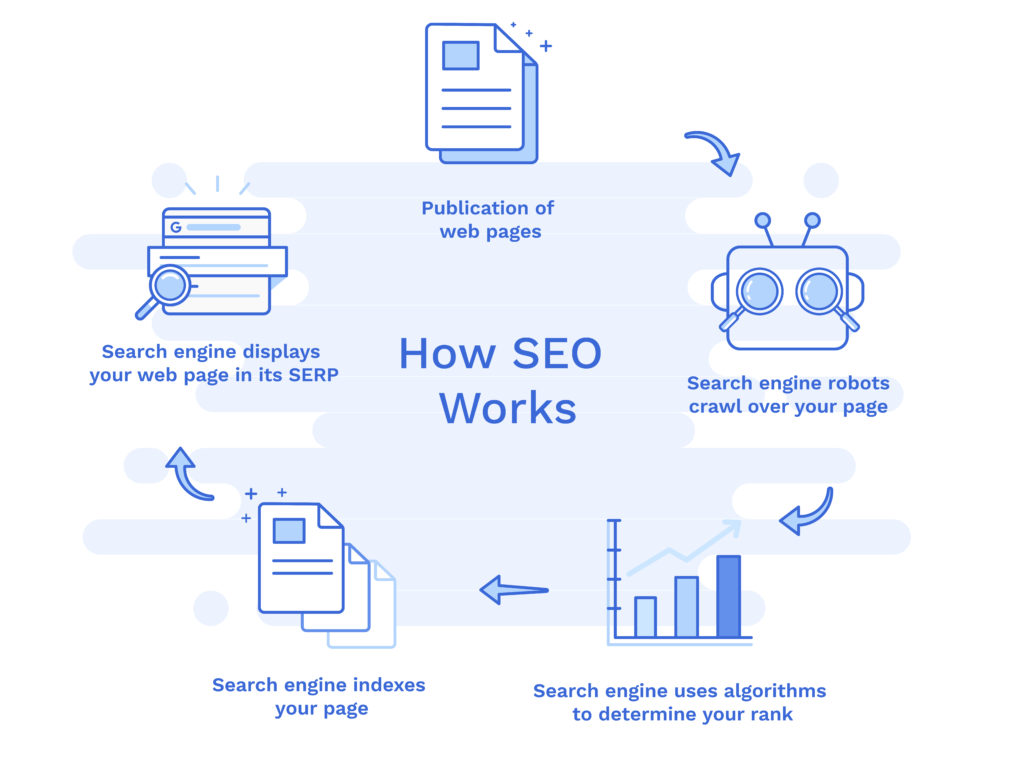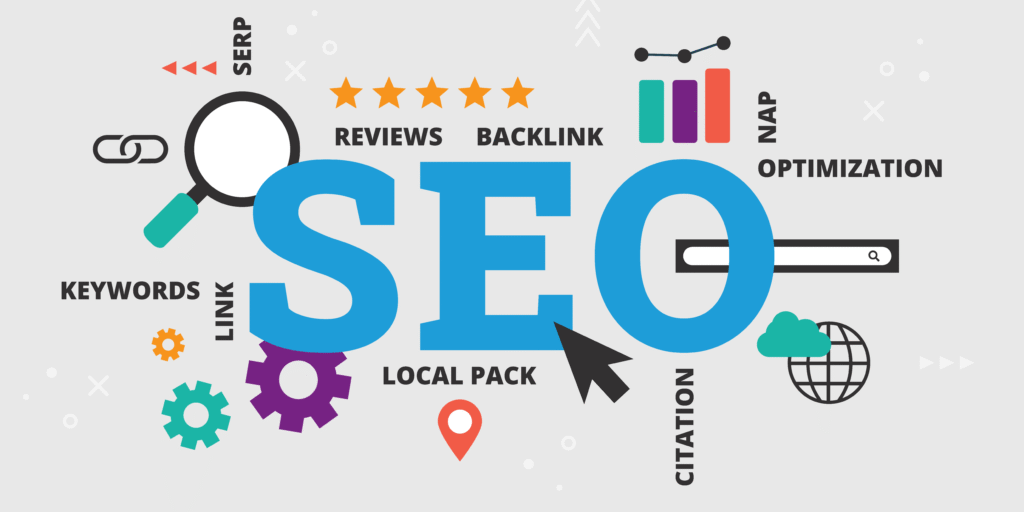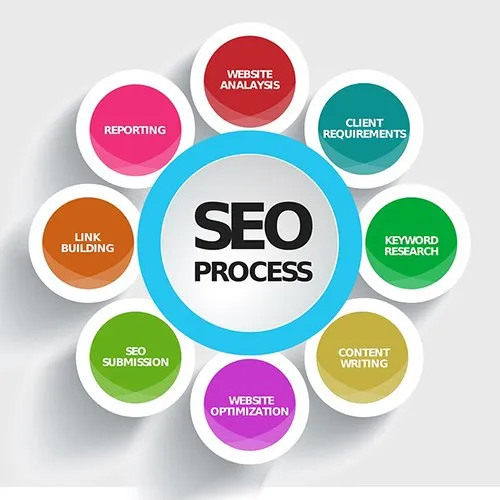Search Engine Optimization (SEO) has become an essential aspect of digital marketing and for a good reason. SEO is a technique that helps to improve the visibility of a website or a webpage in the search engine results page (SERP). In today’s digital age, where most people use search engines like Google to find products or services, having a strong SEO strategy can be the key to success for any business.
In this article, we’ll delve into the details of SEO and its use in digital marketing.

What is SEO?
SEO is a set of techniques and strategies used to optimize a website or a webpage for search engines like Google, Bing, and Yahoo. The goal of SEO is to improve the ranking of a website in the search engine results page (SERP) for specific keywords or phrases. The higher a website’s ranking, the more likely it is to receive organic traffic from search engines.
SEO can be divided into two categories: on-page SEO and off-page SEO. On-page SEO involves optimizing the content and HTML source code of a website or webpage. This includes optimizing the title tags, meta descriptions, header tags, and keyword density. Off-page SEO, on the other hand, involves building high-quality backlinks to a website from other authoritative websites.
Why is SEO important in digital marketing?
SEO is essential for digital marketing because it can help a business to achieve its marketing goals by increasing its online visibility. By improving a website’s ranking in the SERP, businesses can attract more organic traffic to their website. Organic traffic refers to the traffic that a website receives from search engines, which is not paid for.
SEO can also help to increase a website’s credibility and trustworthiness. When a website ranks high in the SERP, it is perceived as more credible and trustworthy than websites that rank lower. This can help to increase the likelihood of users engaging with the website and ultimately converting into customers.
SEO can also provide a higher return on investment (ROI) than other digital marketing techniques. Unlike paid advertising, which requires ongoing investment, the benefits of SEO can last for months or even years after the initial investment. This makes SEO a cost-effective way of driving traffic to a website and generating leads and sales.
How to implement SEO in digital marketing
Implementing SEO (Search Engine Optimization) is an essential component of digital marketing. By optimizing your website and content for search engines, you can increase your visibility, drive more traffic to your site, and ultimately, improve your bottom line. In this section, we will provide a checklist for implementing SEO in digital marketing.

Conduct Keyword Research

Keyword research is the foundation of any successful SEO campaign. By understanding the keywords and phrases your target audience is using to search for products or services like yours, you can optimize your website and content accordingly. Use keyword research tools like Google Keyword Planner or SEMrush to identify high-volume, relevant keywords.
Optimize On-Page Elements

On-page optimization involves optimizing the elements on your website pages to make them more search-engine friendly. This includes optimizing page titles, meta descriptions, header tags, and URL structures. Use your target keywords in these elements to help search engines understand the content of your pages.
Create High-Quality Content

Creating high-quality, relevant, and engaging content is crucial for SEO success. Focus on creating content that is valuable to your target audience and provides solutions to their pain points. Use your target keywords in your content, but avoid keyword stuffing, which can negatively impact your search rankings.
Build High-Quality Backlinks
Backlinks are an important factor in SEO, as they signal to search engines that other websites consider your content to be valuable and relevant. Focus on building high-quality backlinks from reputable websites in your industry. You can do this by creating valuable content that others want to link to, or by reaching out to other website owners and asking for a link.
Monitor and Analyze Your Results
SEO is an ongoing process, and it’s important to monitor and analyze your results regularly. Use tools like Google Analytics and Google Search Console to track your website traffic and search rankings. Analyze your data to identify areas for improvement and adjust your strategy accordingly.
In this article, we discussed how SEO (Search Engine Optimization) is used in digital marketing. We first defined SEO and its importance in improving website visibility and increasing organic traffic. We then discussed the various elements of SEO, including on-page optimization, off-page optimization, and technical SEO. We also explored some best practices for implementing SEO in digital marketing, such as conducting keyword research, optimizing website content, building high-quality backlinks, and monitoring website performance through analytics.
Checklist for implementing SEO in digital marketing:
- Conduct thorough keyword research to determine target keywords and phrases
- Optimize website content, including titles, meta descriptions, headers, and body copy
- Build high-quality backlinks through guest blogging, outreach, and content marketing
- Utilize social media to promote website content and engage with your audience
- Monitor website performance through analytics to track progress and identify areas for improvement
If you have any questions or comments about SEO and its role in digital marketing, feel free to share them with us.
Leave a Reply